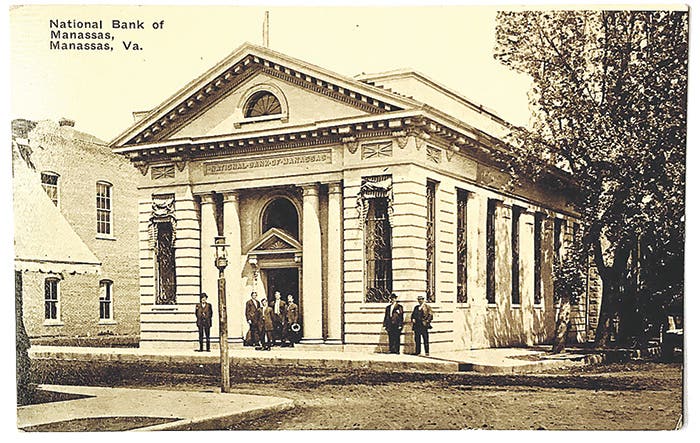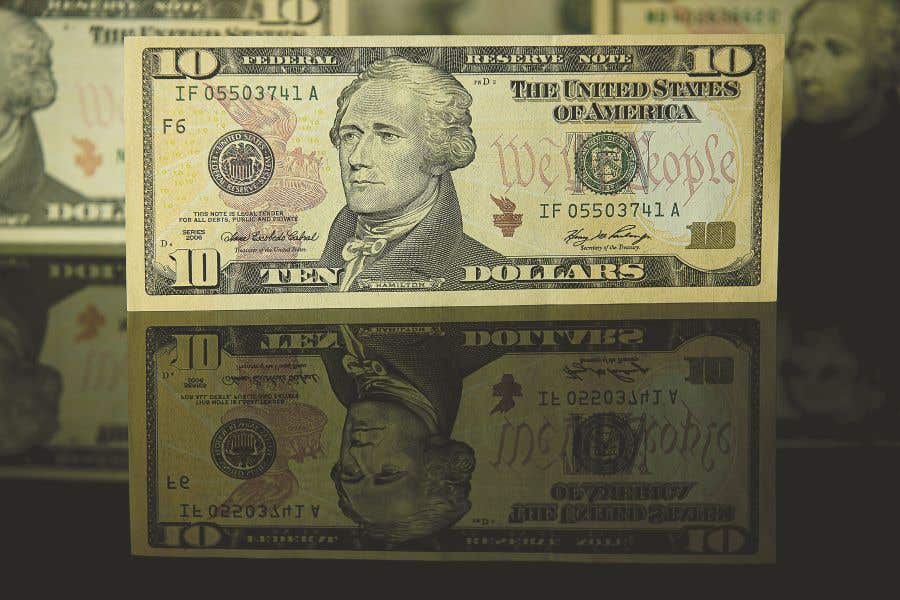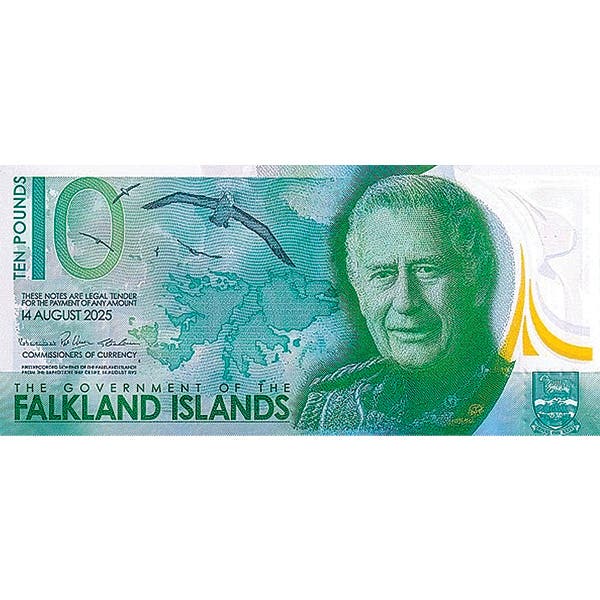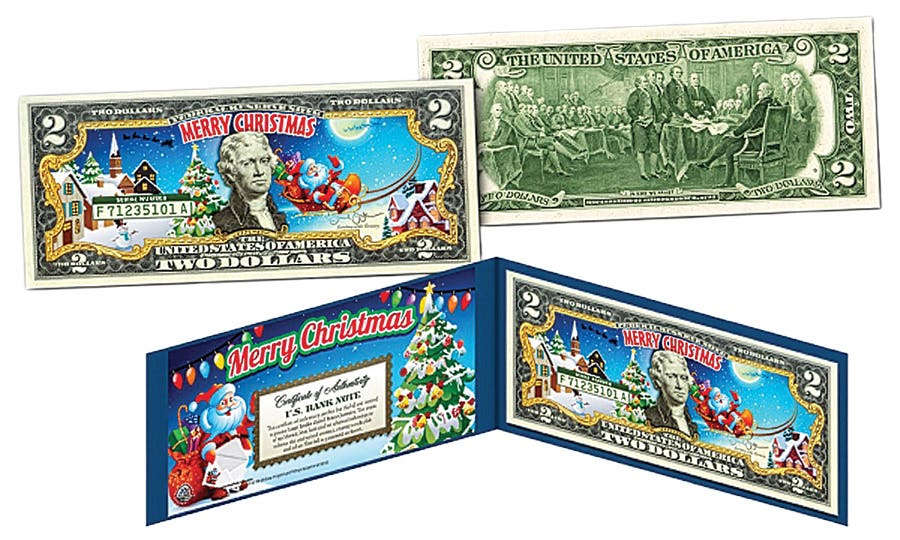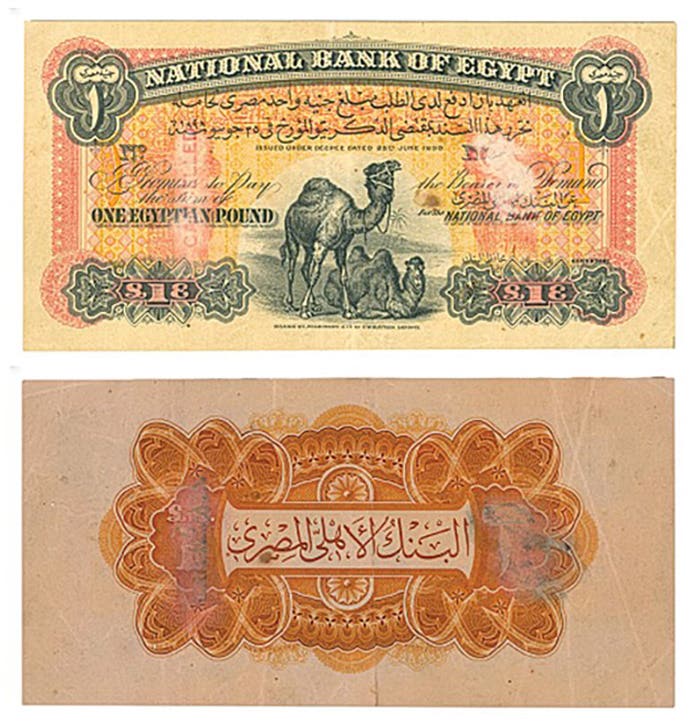Note features Roosevelt signature
By Mark Hotz Although this column for many years has been dedicated to visits to small-town national banks, I started last month writing on interesting notes from my collection, and…
By Mark Hotz
Although this column for many years has been dedicated to visits to small-town national banks, I started last month writing on interesting notes from my collection, and think I will continue with that for the foreseeable future. I hope you will enjoy the change in focus and that you will find the items presented interesting.
Last month, I brought to you an intriguing World War II-era note signed by the Princess of Greece, Aspasia, her daughter, Queen Alexandra of Yugoslavia, and Alexandra’s husband, King Peter II of Yugoslavia. You never know what historically important and interesting signatures you can find on currency if you really look.
Along that vein, this month I am going to discuss a very interesting American “short snorter” of World War II vintage, this one belonging to none other than John A. Roosevelt, youngest son of President Franklin D. Roosevelt, who served as a naval officer in the Pacific toward the end of the war.
A few years ago, I attending a local coin show not far from where I live, and spied in a dealer’s case a lone short snorter on a $1 Hawaii overprint note of the Series of 1935-A. These Hawaii notes circulated widely in the Pacific, and are the most frequent hosts for signatures of American sailors, soldiers and airmen. This particular note was the only piece of paper money he had in his cases.
As would be expected, I looked at it quickly through the glass, and could not help but notice, written in the margin, “John A. Roosevelt GUAM -5-1-45.” This seemed too intriguing to pass up. So I asked to see it. I had no idea whether this person might be related to the president, and the whole thing seemed just funny.
The note had some additional information written in the margins, and the back was covered with signatures. The face of the note had none. I didn’t know what to make of it, and I had so many of these type short snorters in my collection, that I was almost loath to add another. But the asking price was modest, so I took a shot.
When I got home, I took a closer look at the note. Written along the top margin was “While in TG 58.1 S.F. to Ulithi.” At the right margin “Short Snorter” and along the bottom “John A. Roosevelt” and the reference to Guam mentioned above. There was a rash of signatures in the center, some legible, some not. So I went on Google and punched in John A. Roosevelt. That’s when it became fun.
Sure enough, President Franklin Roosevelt and his wife Eleanor’s youngest and last child was John Aspinwall Roosevelt, born at Hyde Park on March 13, 1916. John and his next oldest sibling, Franklin Jr., were much closer to their mother than the three older Roosevelt children had been. He was only 5 years old when his father contracted polio, and since Eleanor did not want the youngest boys to miss out on sports and physical activities, she took them on trips and camping, even to Europe in 1937, where John famously was involved in a drunken brawl and an attack on the mayor of Cannes that made headlines across the world.
Afterward, John matriculated at Harvard, graduating in 1938. On the eve of World War II, alone among the sons, John Roosevelt announced that he would seek conscientious objector status. Family persuasion ultimately changed his mind, and he served in the U.S. Navy.
He was commissioned an ensign in the U.S. Navy in early 1941, and assigned to the Navy Supply Corps. But he wanted action, and eventually he was transferred to sea duty in 1944. He served on the aircraft carrier U.S.S. Wasp in the war zone, winning a bronze star and promotion to lieutenant commander for his actions under fire.
Well, all this information was pretty interesting, but I had to link the actual piece of currency to Lt. John A. Roosevelt (his rank in 1945). So I began to do some research to see where Roosevelt was when, and if any of the other signatures on the note would correspond.
I learned that “TG 58.1,” written on the note, was Task Group 58.1, which in 1944 and 1945 included the Wasp. The original U.S.S. Wasp (CV-7) had been sunk by a Japanese submarine on Sept. 15, 1942 while supporting the invasion of Guadalcanal. The Navy then decided to rename the Essex class carrier U.S.S. Oriskany, then under construction, as the U.S.S. Wasp (CV-18). The completed Wasp was commissioned on Nov. 23, 1943 in Boston Harbor with the governor of Massachusetts and the mayor of Boston in attendance.
Also on the podium for the launching were Eleanor Roosevelt and her son, Lt. John A. Roosevelt, who appear together in a photo along with the Wasp’s captain, Clifton Sprague. Mrs. Roosevelt addressed the assembled notables, which included among them Vice Adm. John S. McCain, grandfather of the Arizona senator. Lt. John A. Roosevelt was later assigned to duty on the Wasp. But for now he was still in the Navy Supply Corps.
Task Group 58.1 was part of the Fast Carrier Task Group, which under various commanders and with various groups, would consist of four to six fast carriers escorted by a vast array of battleships, cruisers and destroyers. The function of the Fast Carrier Task Group was to take the war to enemy, wherever he may be. In late 1944, Lt. John A. Roosevelt was finally accepted for war duty, and assigned to the U.S.S. Wasp, then on duty in the South Pacific.
En route to join the Wasp in 1945, Lt. Roosevelt was headed from San Francisco to Ulithi Atoll, which was the major staging base for U.S. naval operations in the South Pacific during this time. While Roosevelt was en route, the U.S.S. Wasp was hit by a 500-pound bomb and severely damaged, with 102 of her crew killed. She was forced to return to Bremerton, Wash., for repairs, and did not return to the South Pacific until July. Meanwhile, Lt. Roosevelt was picked up on Guam by the U.S.S. Hornet, another aircraft carrier, in May, and was finally delivered to the Wasp in Ulithi soon after.
Although most of my research on the signatures on the short snorter led to dead ends, I did find some solid connections to the U.S.S. Hornet. Although at first I thought there were no signatures on the face of the note, further examination found one signature carefully hidden in the design at the left side of the face. This turned out to be Charles D. Ridgway, III. In fact, Lt. Charles D. Ridgway was the Flight Operations Director on the U.S.S. Hornet and had directed the fighters during the Great Marianas Turkey Shoot.
Among the signatures on the back of the note, I found Stanley Blumenthal, who wrote a book just after the war titled Tales of the U.S.S. Hornet.
It would appear that Lt. John A. Roosevelt obtained many of these signatures while on board the Hornet en route to Ulithi Atoll to pick up the Wasp.
How the note ended up at a small coin show in Maryland is yet another of the mysteries that often surround these notes.
Readers may address questions or comments about this article or National Bank Notes in general to Mark Hotz directly by email at markbhotz@aol.com
This article was originally printed in Bank Note Reporter. >> Subscribe today.
More Collecting Resources
• Order the Standard Catalog of World Paper Money, General Issues to learn about circulating paper money from 14th century China to the mid 20th century.
• Subscribe to our monthly Coins magazine - a great resource for any collector!





